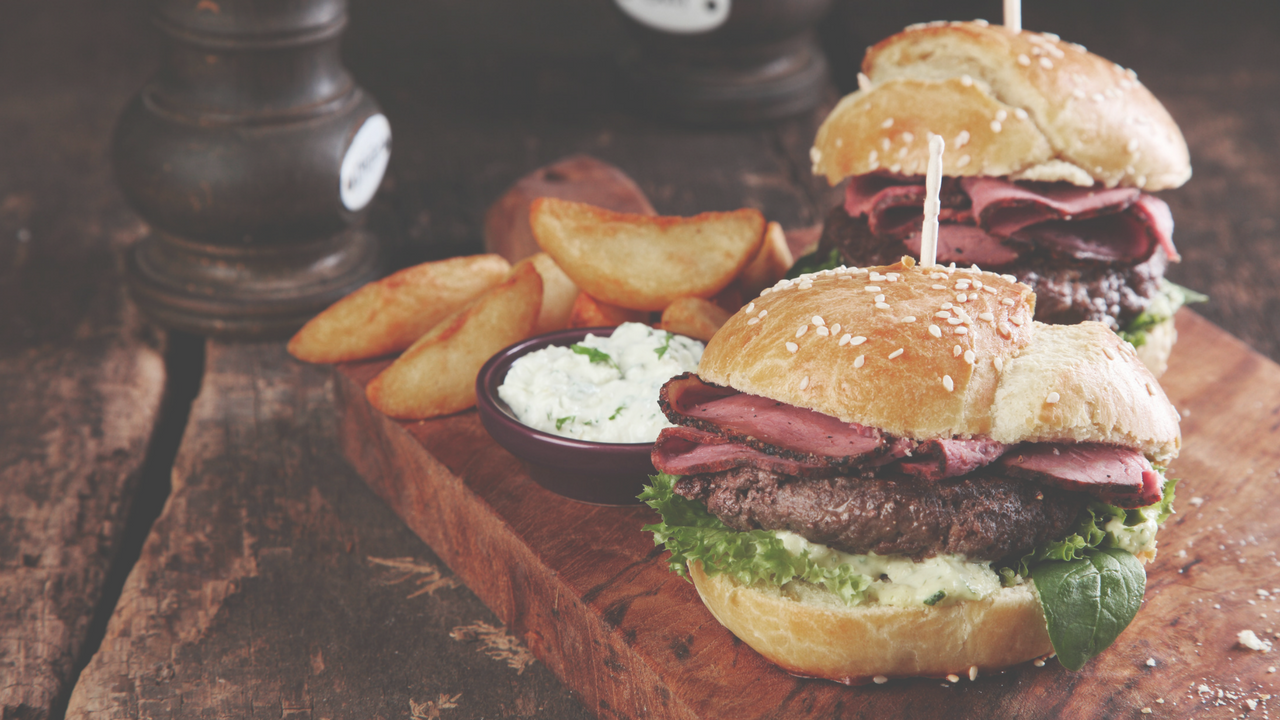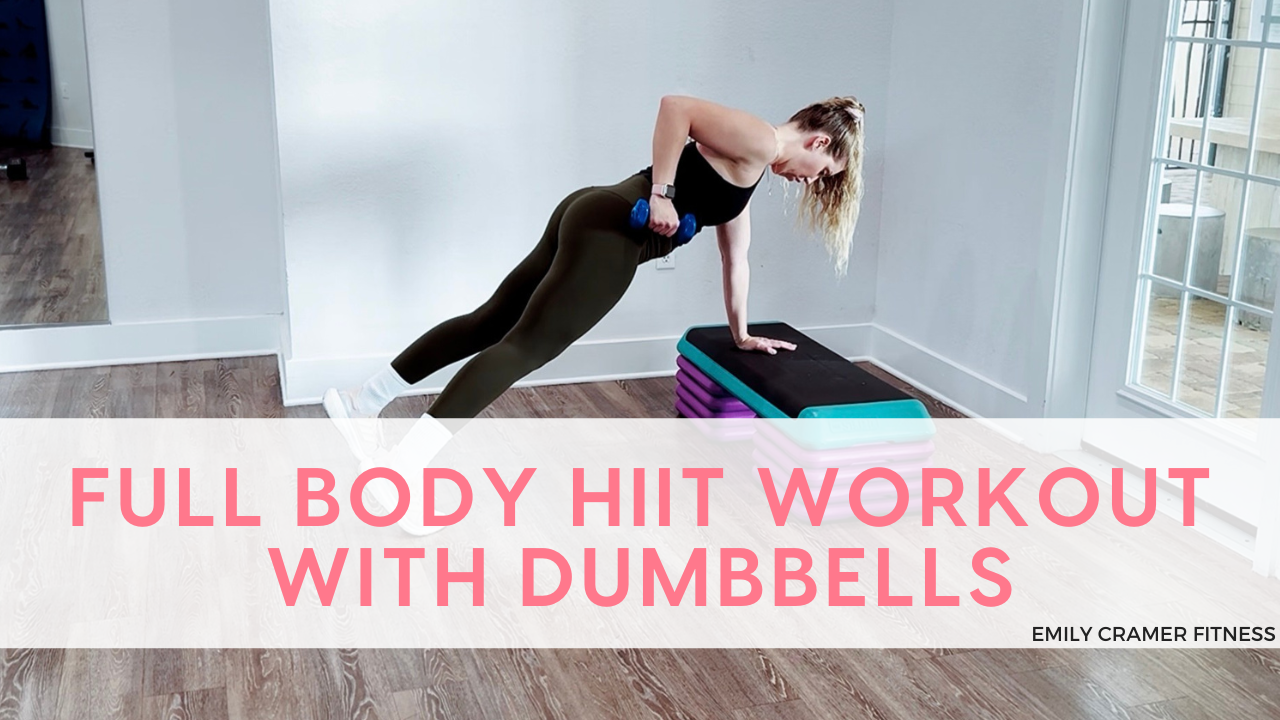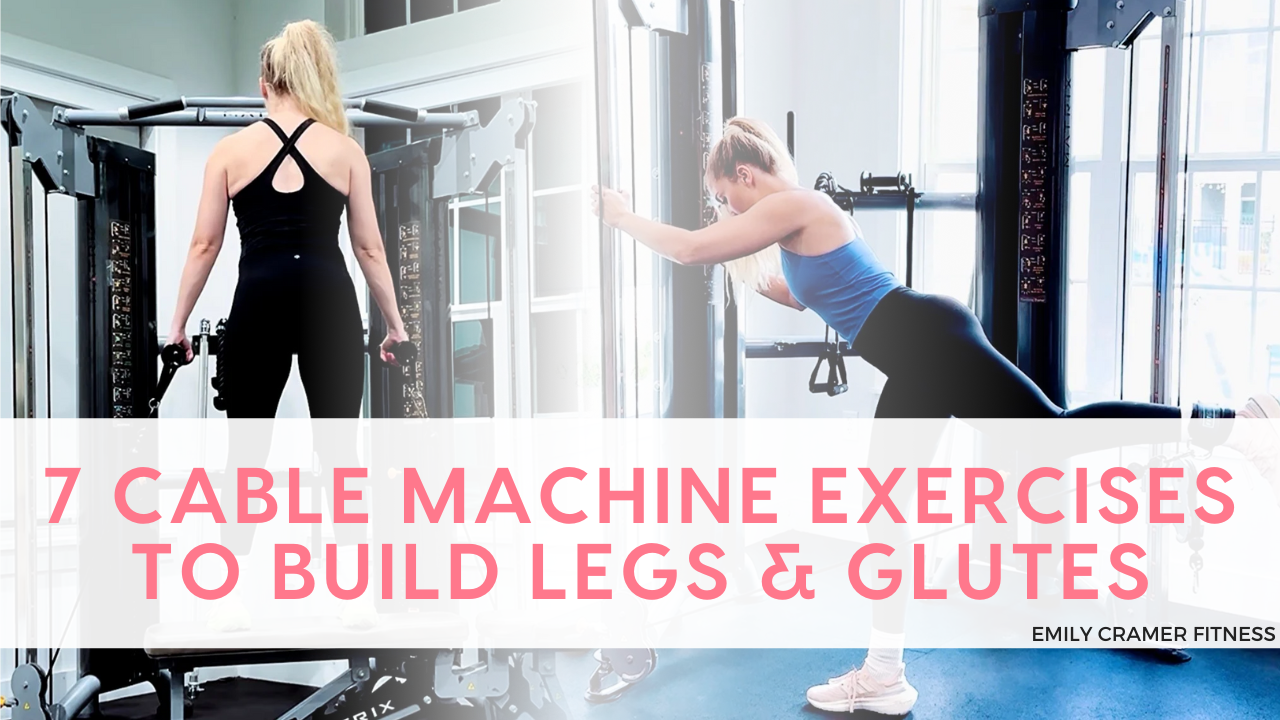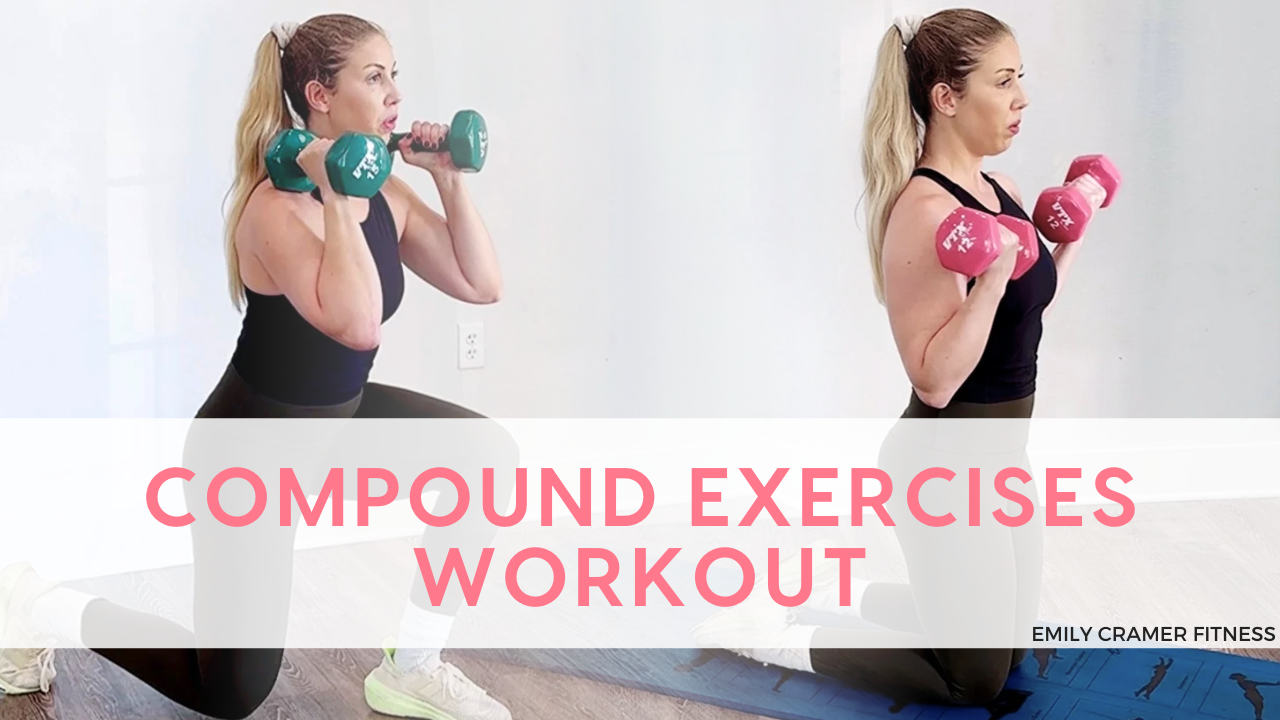
Flexible Dieting: How to Lose Weight without a Meal Plan or Diet Restrictions
THE TRUTH ABOUT EFFECTIVE DIETS
If you’ve ever googled how to lose weight or how to eat healthy, you know how unbelievably confusing and contradictory the internet can be when it comes to your health! One minute you’re reading that you should eat high carb, the next that you should eat high fat and low carb. Some say you should go entirely plant based. Some say you should just eat clean, unprocessed foods. It’s mind boggling!
The truth is, you can lose weight on all of these diets. The truth is also that you can gain weight on all of these diets. The truth is also that the best diet is the one that suits your lifestyle the best!
WHAT IS FLEXIBLE DIETING?
Flexible dieting means NO restrictions. There’s no removing certain foods or whole food groups from your diet (unless you want or need to for health issues). The reason it works so well is because it doesn’t require you to give up living your normal life to commit to it.

HOW IT WORKS
Your weight is determined by the number of calories you consume. So if you take an individual above who is eating high fat and then take that same individual and put her on a diet that is high carb (but both times she is consuming the same calories), her weight will do the same thing! Cool, right?
Within flexible dieting, you count your macros so that you kill 2 birds with 1 stone. By counting macros, you are in turn counting calories. But you are also making sure your body gets everything it needs to be healthy!
AN OVERVIEW OF MACROS
The Macronutrients:
- Protein
- Carbs
- Fats
These macros are your body’s sources of energies. It gets this energy through calories.
Protein provides 4 calories per gram
Carbs provide 4 calories per gram
Fats provide 9 calories per gram
So when you are looking at the total calories on a nutrition label, you’re actually looking at a total describing all of the calories acquired from protein, carb, and fat sources. The goal with flexible dieting is then to set daily macro targets that give your body the nutrients it needs while keeping your calories at a certain level (calories in < calories out creates weight loss.)
PROTEIN
Many of us know the power protein has in our muscle growth and repair. In addition to this, protein helps to develop and repair ALL tissues in the body.
CARBS
Carbs are your body’s main source of fuel through the creation of glucose! Having a diet that includes carbs keeps your body from using protein for energy.
Carbs are also critical for your performance in the gym. They are the main source of energy during high intensity exercise such as sprinting.
FATS
Fats help your body store energy, absorb vitamins, and protect/cushion your vital organs. They also provide flavor and consistency to your food while making you feel more full.
WHY DIET FLEXIBLY?
There are so many benefits to utilizing flexible dieting in your lifestyle. Of course, any diet that puts you in a caloric deficit will cause you to lose weight and any diet that puts you in a caloric surplus will cause you to gain weight, regardless of how you choose to get those calories. That being said, if you like carbs, you don’t have to cut them. If you like processed foods, you can still have them (don’t go crazy with them though). Just hit your daily macro targets and you will see the weight loss you're looking for.
If you're interested in learning how to set your own macro targets, I suggest joining the 7 Day Jumpstart Challenge: Eat & Train to Build your Dream Body. Each day, you will receive new info on goal setting and how to form the most effective game plan to reach your personal fitness goals. It is a great starting point for anyone looking to build their dream body but needing a push in the right direction!






